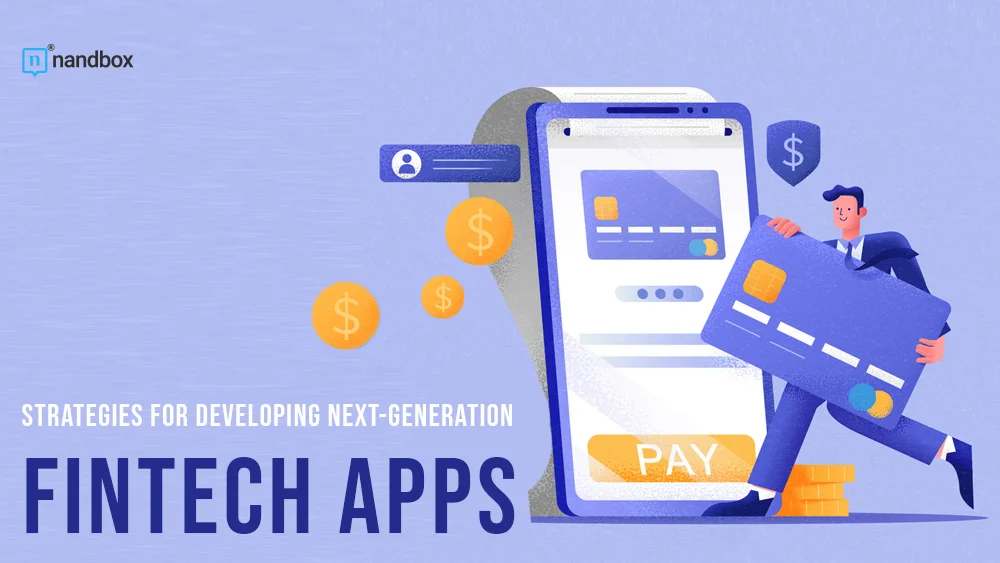Did you know that in 2019, 64% of the global population used at least one fintech app? And this percentage has been steadily increasing ever since to use a lot of fintech apps. Moreover, as of 2021, over 10,000 fintech startups are officially registered in the United States, and about 26,000 are registered globally (especially in Nigeria).These statistics showcase the growing interest of entrepreneurs worldwide in starting a fintech business. And building a fintech app is often a popular entry point for them. With that in mind, below, we’ve discussed a few strategies to develop next-generation fintech apps that can keep up with the evolving demands of the market. Let’s begin!
Market Analysis and Research

Before developing a fintech app, thorough market analysis and research are essential. It includes learning about the target audience, their needs, and the existing fintech solutions.
By conducting thorough research, entrepreneurs can identify gaps in existing fintech apps and uncover opportunities for innovation. This helps in designing an app that addresses users’ pain points effectively.
Technology Stack and Infrastructure
When we talk about a fintech app’s technology stack and infrastructure, it refers to the tools and software used to build and run the app. In other words, it’s like the foundation and tools needed to construct a sturdy building.
The technology stack here includes different components like programming languages, frameworks, databases, and servers that work together to ensure the proper functioning of an app. Infrastructure, however, refers to servers, cloud services, and networks that support the app.
All in all, selecting the right technology stack and infrastructure becomes important to boost the app’s performance, security, and scalability.
Feature Development
It involves designing and implementing specific functionalities and capabilities within a fintech app that caters to the evolving needs of users. One such important feature to consider is integrating a KYC (Know Your Customer) API.
It streamlines and automates the customer verification process. Thereby making it more efficient and secure. This is especially important when an application is developed for cross-platform financial transactions, such as from the US to Nigeria.
In fact, according to recent reports about KYC in Nigeria, in 2022, the Money Laundering Prevention and Prohibition Act will be implemented in the country. It provides financial institutions with clear guidelines to mitigate money laundering and other financial illicit activities.
So, abiding by this compliance becomes essential for enhanced customer onboarding and trustworthy user experience.
Testing and Launch
Finally, thorough testing is vital to ensuring the quality and reliability of a fintech app. So, make sure to conduct rigorous functional, performance, and security testing to identify and resolve any bugs or vulnerabilities. Also, test the app across different devices, operating systems, and network conditions to ensure compatibility and optimal performance.
Once the app has completed testing, plan an effective launch strategy. For this, businesses can leverage digital marketing channels to create awareness and generate buzz around your fintech app. They can also collaborate with influencers, engage in content marketing, and leverage social media platforms to reach the target audience.
To Sum It All Up
Developing next-generation fintech apps requires a comprehensive approach that combines market analysis, technological expertise, and rigorous testing. So, embrace these strategies to pave the way for the future of fintech and unlock new possibilities in the world of digital finance.




